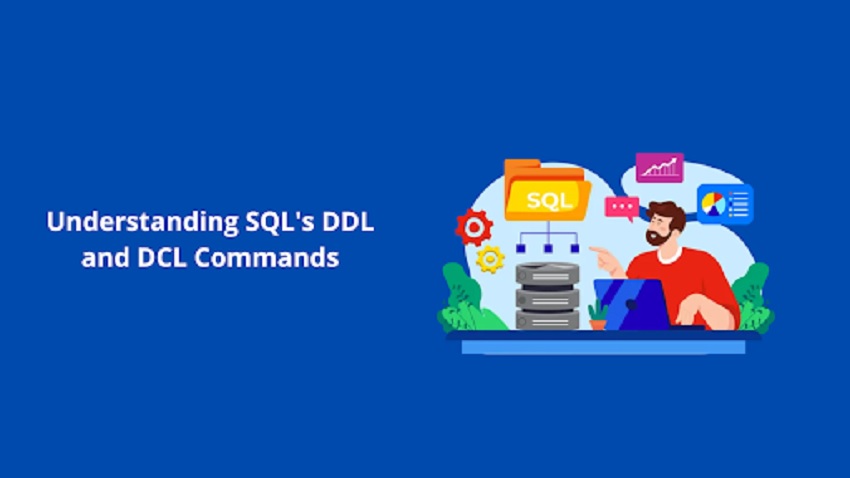There is no doubt that enrolling in a SQL Course is a wise decision. SQL (Structured Query Language) is the basic technology of relational databases, allowing for effective data interaction and manipulation. As you explore your SQL Commands arsenal, you must distinguish between Data Control Language (DCL) and Data Definition Language (DDL) commands. Effective database administration necessitates a detailed understanding of the contrasts between these two groups, which perform unique responsibilities in database management.
Table of contents
- Data Definition Language (DDL) Commands
- Data Control Language (DCL) Commands
- Putting It All Together
- Conclusion
Data Control Language (DCL) Commands
DDL operations influence the physical features of your database, whereas DCL commands control data access and permissions. These instructions protect the data’s security and integrity by limiting access to those who have been authorised. The major DCL commands are as follows:
- Administrators can provide particular access to users or roles using the given command. These permissions may include running certain SQL queries or accessing specific tables. You can regulate who has access to the database and what actions they can take by providing them with different power levels.
- You can, on the other hand, use the cancel command to cancel previously given rights. If a user’s job or security situation changes, you may use this command to restrict their access to particular database resources.
Data Definition Language (DDL) Commands
DDL commands define the structure of your database. They are responsible for adding, altering, and deleting database elements such as constraints, constraints, and tables. Instead of focusing on the data itself, these instructions concentrate on the structure of the database. Let’s take a closer look at some key DDL commands:
- The CREATE command is used to provide the groundwork for the database. It can create database objects like tables, views, and indexes. By specifying the structure of these elements, you establish the foundation for data storage.
- To make changes to existing database objects, use the ALTER command. You may change the structure of your database using the ALTER command to accommodate changing demands, such as adding a new column, renaming a table, or changing the data type of a field.
- The DROP command eliminates database entries that are no longer needed. Use this command cautiously since it permanently deletes the object and related data.
Putting It All Together
Consider yourself in charge of a customer database on an e-commerce site. DDL instructions generate tables for customer information, purchase history, and product information. You use the ALTER command to add a new loyalty point-storing field to the customer table. When it’s time to simplify the database, use the DROP command to remove obsolete product categories.
Take into account the significance of DCL directives. You use the GRANT command to grant access to contact information to customer service representatives so that they may better support customers. You may also block them from accessing sensitive payment information using the REVOKE command.
Conclusion
Understanding the nuances of DDL and DCL instructions requires understanding SQL commands. DDL instructions shape the structure of the database, whereas DCL actions preserve its integrity and security. By enrolling in a comprehensive SQL course, you go on a mission to learn SQL’s DDL and DCL commands. These capabilities enable you to manage data access more efficiently while creating, modifying, and removing database items. Learning new commands allows you to progress as a database administrator capable of creating strong databases and ensuring their security. Enter the world of SQL to discover your abilities to confidently and efficiently perform DDL and DCL commands.


















